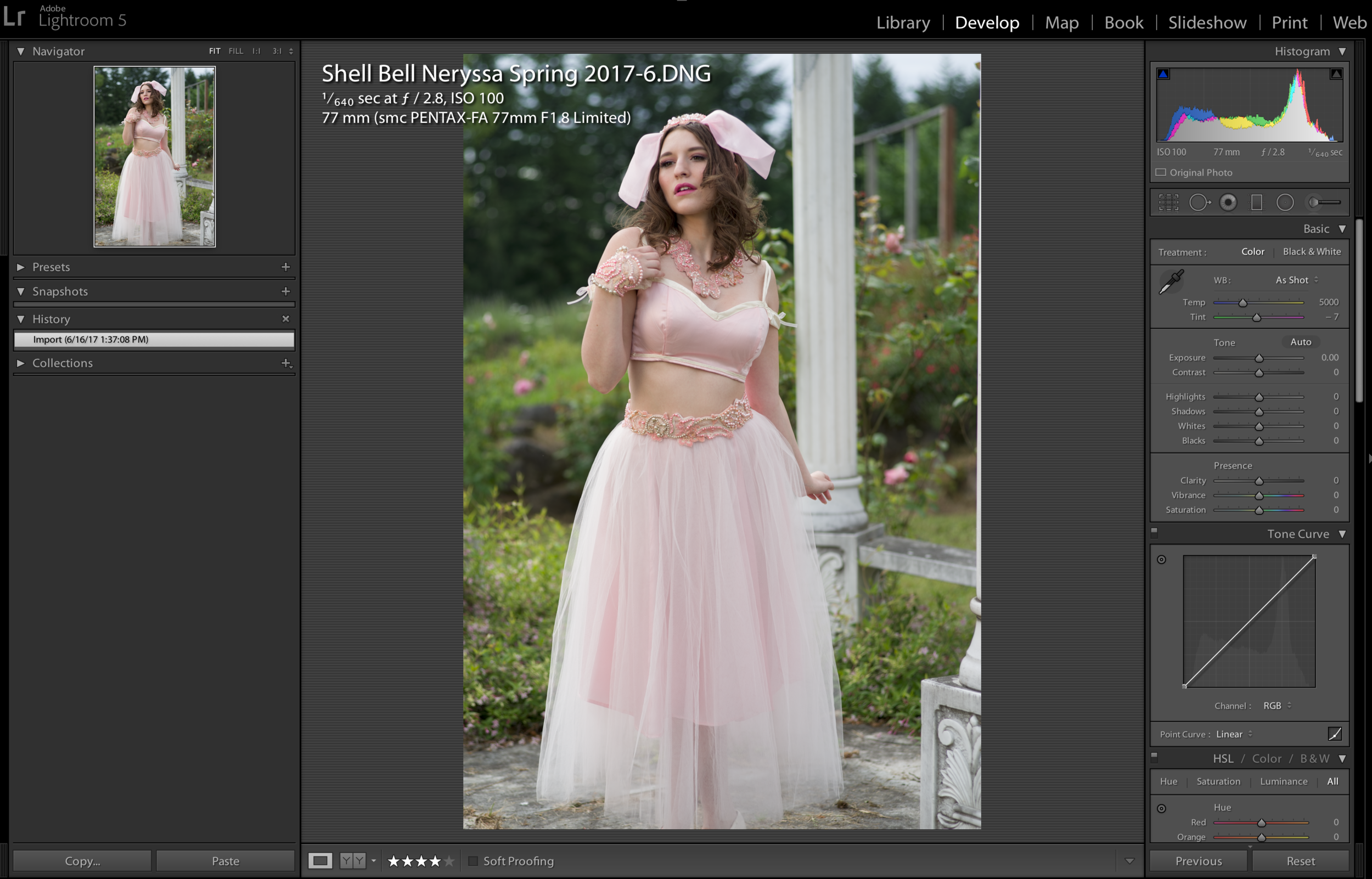I found myself posed with a question this week. With spring well underway I had to ask "do I really want to spend another summer trying to prove that I don’t actually need High Speed Sync?"
My "poor man's" High Speed Sync system...
And to tell you the truth “technically” I don’t. I have found ways around it when faced with portrait shooting in bright, sunny situations but it always has been a bit of a thorn in my side since those images have always been somewhat dictated by that limitation. More and more I have wanted a chance to see what shooting would be like without those constraints.
HSS has been a tricky problem for us Pentax shooters since there have been few flashes that are compatible with the Pentax P-TTL (HSS) protocol, and even fewer that can support it wirelessly. Me, I’m used to running at least 2, sometimes 3 or 4 lights on a shoot and controlling both zoom and power remotely, features I wasn’t willing to giving up. And the idea of an optical slave in such bright conditions always seemed problematic. So I figured enough time has passed since I last looked into the problem and, with the release of the fabulous Pentax K1 Full Frame DSLR, I figured someone had surely come out with a solution by now.
Now that's a sexy flash...
Originally my search lead me to Metz and, yeah, I pretty much instantly fell in love with the new flagship “Mecablitz M400” flash. I mean look at it! It it weird to find a flash sexy? I don’t know, it just has such a cool, squat, retro look to it. And it’s tiny! And is cheaper than the Pentax flashes! And it’s compatible with P-TTL! And… oh, doesn’t have any wireless controller options. Shoot, moving on.
One thing is for sure, the packaging is pretty sharp.
Finally I came across Cactus. My first radio controllers were Cactus V2s and I found they worked pretty well, if a little simplistic. What caught my eye this time, however, was the their new Cactus V6 II controller along with some pretty amazing features they have been advertising. Specifically, the new multi-system hotshot with “TTL pass-through.” Basically if you mount this on a supported camera system it will simply act as a “pass-through” bridge for TTL signaling to your whatever flash you happen to be using. Wow, that’s pretty cool!
I decided to try it out. I ordered a single V6 II controller and their new RF60X flash and put them through their paces on a fashion editorial shoot I did for local couture designer Shell Bell Vanity. Now, rather than dive into all the specs and features and what-not I really just want to give you all my bottom line opinion on how the system worked. First, my setup. I kept it simple:
Pentax K-1 DSLR
SMC Pentax-FA 77mm F1.8 Limited Lens
Cactus V6 II Radio Tranceiver
Cactus RF60X Flash
Gamilight Box50 softbox
Gamilight H4 flash mount
LumoPro Stand
A lever instead of a tiny dial to lock down the hot-shoe... so nice...
Setup for the flash isn’t too complicated. It took awhile to get used to the “press-scroll-press” interface and I had to experiment with a couple different setting before finding the one that worked with my camera/flash but, overall, pretty easy. Here are the settings I ended up with:
Camera System: Pentax
Flash System: Manual Flash
Sync: Normal HSS
We held the shoot at Waldorf Gardens in SW Washington. Conditions started with a very bright overcast sky but then, midway through, the clouds burned off and turned to direct evening sun. Oh, and by the way, I'm using a 1/2 color orange warming gel from Jake Hicks Photography (Lee Filters) to help align a little better with the ambient light.
The flash and Gamilight Box50 is camera left, above eye level and about 10-15ft from the model.
Here is a completely unedited image, straight out-of-camera, to give you an idea of how things were looking. Flash was set to 1/1, and this was taken at ISO100 with a shutter speed of 1/640, on a 77mm FA Limited prime at f2.8. Which was kind of the point of that lens, right? Wide open apertures with painterly backgrounds and a lot of subject separation? It’s where this lens really shines and it was so nice to keep it in that sweet spot and control exposure via the shutter rather than compromising the look I wanted or fiddling with ND filters. Simply having that option, to set my shutter past the effective 1/160 limit, was a lot more significant than I expected. The alternating overcast/direct sunlight/overcast conditions further drove that home as it was a lot easier to adjust to the ever-changing lighting conditions. Ok, when it comes to HSS I'm sold.
But what was my impression of the flash itself? In a word, good! Great even! I have only used it for one shoot so far so I can't attest to its reliability but its performance has been pleasing. My current speedlight setup uses all Yongnuo 560 mkII and mkIII units and the YN560-TX controller, all of which have proven to be cheap and nearly indestructible, as my habit of dropping them into rivers and down cliffs can attest. The Cactus units are about twice the price of the Yongnuo, feel somewhat more robust, are easier to program, and lasted much longer on a single set of Eneloop AA batteries (although that may have been from the adjusted power output as an effect of the HSS). Overall, they feel in line with the higher price point.
The Cactus RF60X benefits from an attractive LCD screen and very intuitive interface, but I highly recommend securing it to a vertical flash mount like the Gamilight H-1. This flash suffers from a rather weak hinge like most all other flashes I have used, which can prove difficult when using vertical modifiers.
So far I am very happy with this setup. I'm going to use them awhile longer just to make sure nothing unexpected happens and put them through their paces in the studio where I can see color and output consistency a bit better, but provided they continue working the way they have I will most certainly start replacing my aging Yongnuo equipment with this setup. I can highly recommend these units for any Pentax shooter looking to finally break into the world of wireless HSS. You'll never look back.








